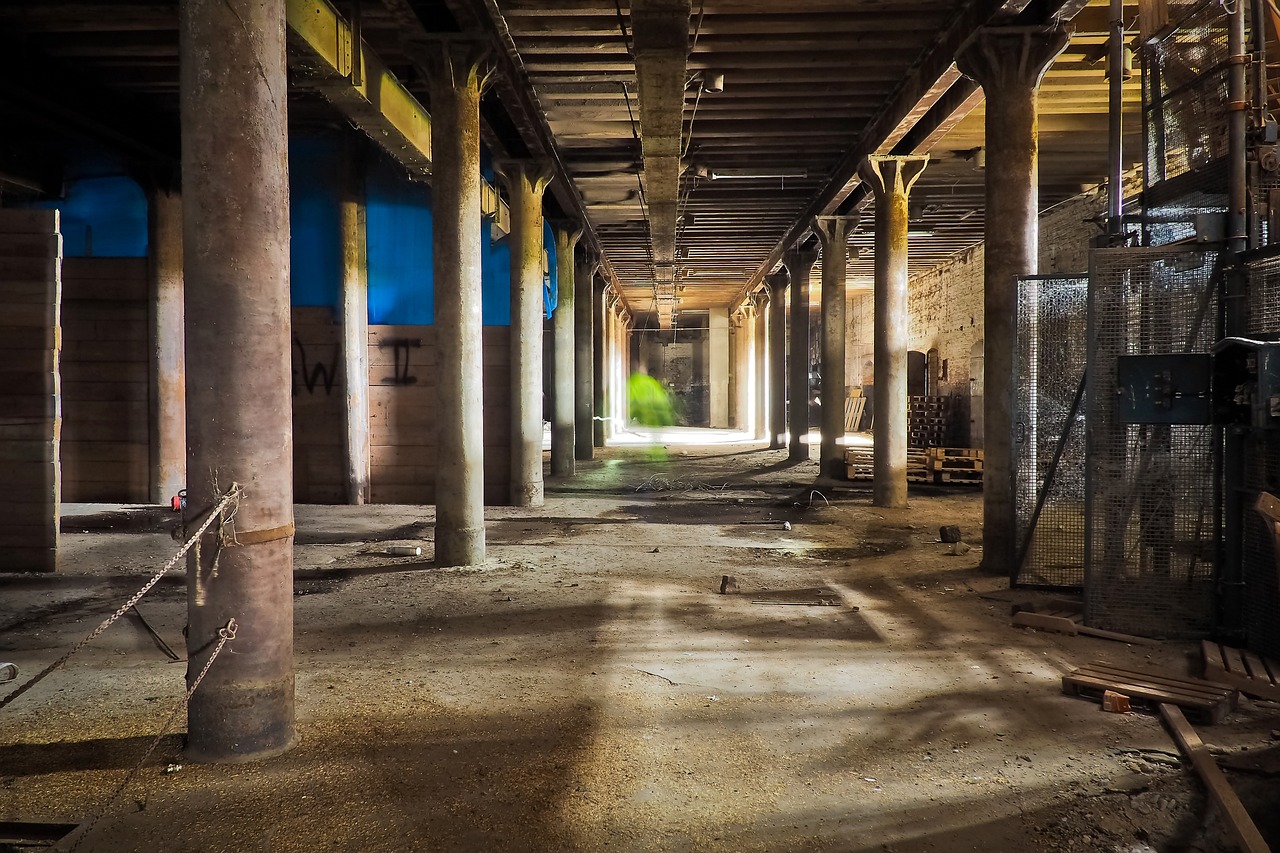Global Real Estate Crisis Looms as ‘Zombie’ Buildings Abandoned Amid Shift to Remote Work

Amid the ongoing shift towards remote work and the inflation surge, the worldwide commercial real estate sector is experiencing a cataclysmic downturn, leading to a surge of deserted ‘zombie’ buildings, recently covered in the New York Post. Property owners, facing looming debt maturities, are often compelled to relinquish their keys to creditors, industry insiders say.
What’s driving the zombie building crisis?
This impending crisis in commercial real estate hinges on two primary factors: the rise in interest rates and the maturity of debts, explained Harold Bordwin, a leading figure at Keen-Summit Capital Partners, a New York firm known for aiding distressed properties. Even properties maintaining their tenant and income levels from three years ago are now under significant financial strain due to maturing debts.
Inflation
Despite the sizeable square footage of these commercial spaces, the inflation swell, which peaked at a 40-year high in the previous year and has yet to recede, has left property owners in a bind. Moreover, the Federal Reserve’s ongoing efforts to achieve its 2% inflation target have enhanced the returns on risk-free government bonds. This development forces investors in commercial real estate to seek higher yields to justify the ownership of physical assets, as reported by Bloomberg.
Vacancies
The evidence of this predicament lies in rising vacancies. Just recently, the proprietors of one of the largest shopping centers in downtown San Francisco deserted their property after two decades. Unibail-Rodamco-Westfield, on a recent Monday, announced its decision to hand over the Westfield San Francisco shopping mall back to lenders due to declining sales, occupancy rates, and foot traffic.
See how San Francisco’s commercial property sector is dealing with rising defaults.
Keys to Creditors on the Rise
US-based office spaces are not immune to this trend, with many landlords returning keys to creditors, especially when the properties are worth less than their secured debt. A recent study conducted by economists from NYU Stern Business School, Columbia Business School, and the National Bureau of Economic Research revealed that vacancy rates have hit a 30-year high in numerous American cities.
In New York City, a staggering 22.2% vacancy rate was recorded in Q1 of 2023. The study anticipates these rates to tumble further later in the year as property prices are expected to decline significantly. Reduced property values will lead to decreased tax revenue. In the case of New York City, a potential 6.5% decline is anticipated by 2029, forcing cities to raise taxes and fees in other areas, potentially making them less appealing places to live, thereby exacerbating the revenue issue.
Tech haven San Francisco is already feeling the pinch with major companies such as Salesforce, Tesla, and Oracle rerouting their lease investments. Salesforce, the city’s largest private employer, has announced three separate intentions since 2020 to reduce its owned office space in the city. The implications of this shift are catastrophic for the Californian city, which before the pandemic, relied on office workers for 72% of the area’s GDP – $531.28 billion in 2019.
Why Capital Economics Thinks Office Values Set to Drop 35% by Late 2025
Lenders Have Two Paths
According to Bordwin, lenders are left with two potential options – either adopt the “mark to market” strategy or the “extend and pretend” tactic. The former was employed during the savings and loan crisis of the ’80s and ’90s to liquidate stress debts at a fraction of their value, while the latter was used during the 2008 financial crisis to extend loans without considering the true value of the underlying collateral.
Nevertheless, Bordwin warns of a “massive amount of obsolete space” resulting from the pandemic-driven transition to remote and hybrid work models. No concrete solutions have been proposed to address this issue, with the possibility of some buildings eventually being demolished if they cannot be converted to residential or laboratory space.
The issue of high vacancy rates extends beyond the US borders. In Hong Kong, home to some of the world’s most expensive commercial real estate, a record-breaking 13 million square feet of office space was vacant in June, with 15% of the prime office space empty, according to Bloomberg.
Similarly, in London, two premier office buildings are now under lender ownership. Zombie buildings are not just an American problem- and we could see more and more cities suffer the deleterious effects of an unprecedented pullback in office real estate and other unused commercial properties. Luckily, property owners, brokers, and lenders can still find financing through the nation’s largest commercial real estate marketplace.



